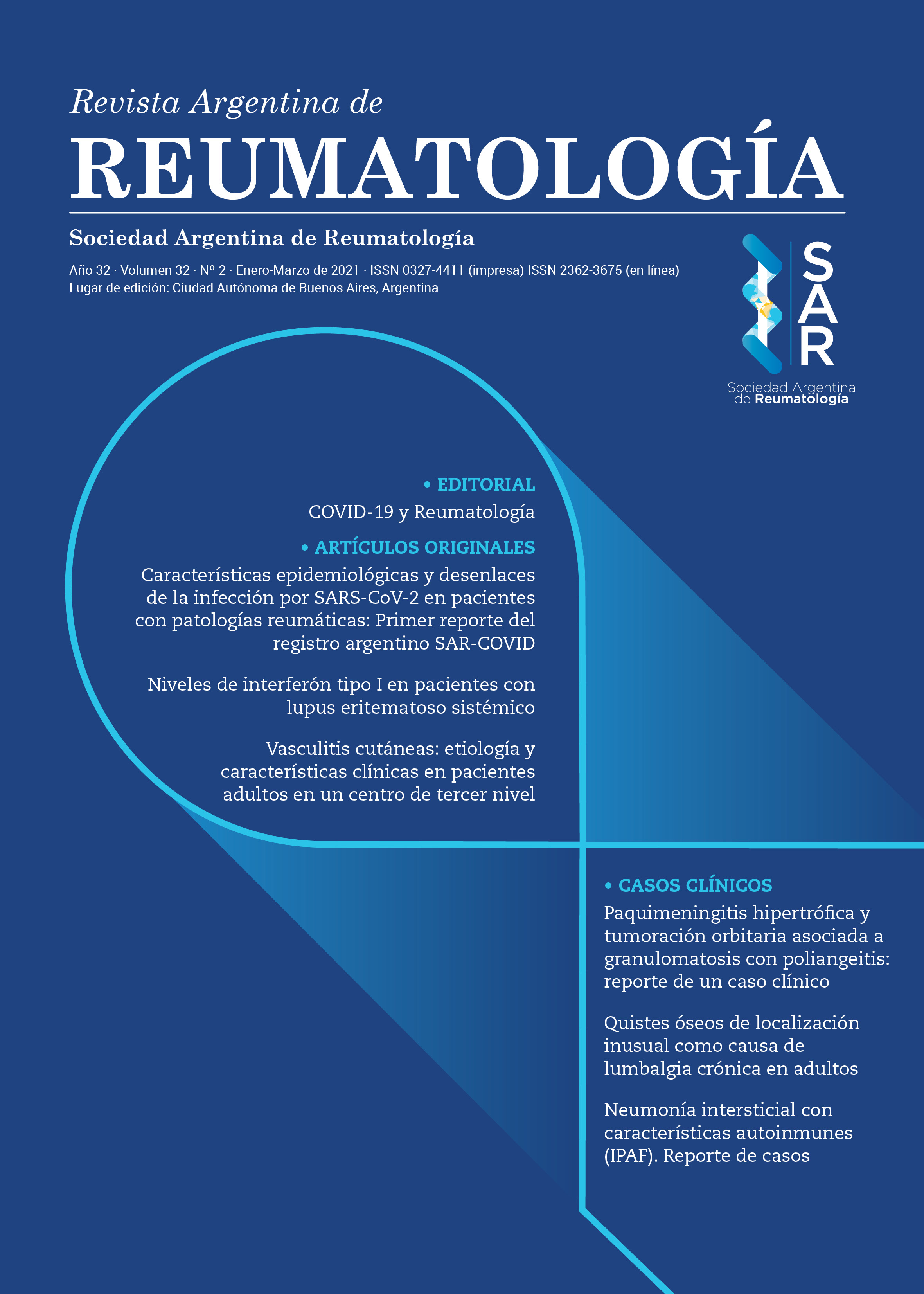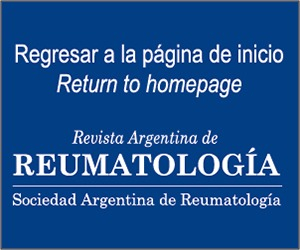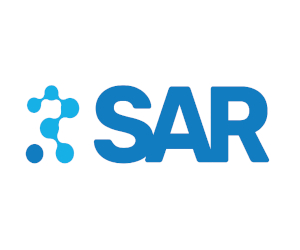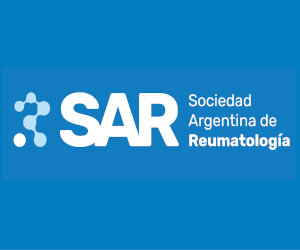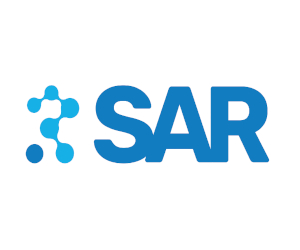Development of psoriasis during treatment with Abatacept in rheumatoid arthritis
Abstract
Abatacept is the first biological agent approved for the treatment of Rheumatoid Arthritis (RA) that acts blocking interaction of T lymphocytes. Although its efficacy in psoriasis and psoriatic arthritis has been reported, there are reports of drug induced psoriasis as well as reactivation of cutaneous lesions. A woman with a history of RA under treatment with Abatacept IV presented erythematous-scaly and pruritic macules on the entire body surface, clinically and histologically compatible with psoriasis. The suspension of treatment with Abatacept caused the disappearance of the cutaneous lesions. More than 4 years later he is in treatment with Rituximab without presenting cutaneous lesions.References
I. Mola EM, Balsa A, Martínez V, Martínez Taboada V, et al. El uso de abatacept en artritis reumatoide: revisión de la evidencia y recomendaciones. Reumatol Clin. 2013;9:5–17.
II. Holt MH, Liu V, Fairley J. Medium-vessel vasculitis presenting as multiple leg ulcers after treatment with abatacept. JAAD Case Rep. 2018;4:811-813.
III. Ursini F, Naty S, Russo E, et al. Abatacept in psoriatic arthritis: Case report and short review. J Pharmacol Pharmacother. 2013;4(Suppl 1):S29-32.
IV. Tanita K, Fujimura T, Kakizaki A, et al. Psoriasiform Drug Eruption Caused by Abatacept: Immunohistochemical Investigation of STAT Signaling. Case Rep Dermatol 2015; 7:166-170.
V. Sibilia J, Westhovens R. Safety of T-cell co-stimulation modulation with abatacept in patients with rheumatoid arthritis. Clin Exp Rheumatol. 2007;25(5 Suppl 46):S46-56.
VI. Silverman D, Oliver A. Abatacept-induced Psoriasis. Cutis. 2011;88:117-8.
VII. Bouguermouh S, Fortin G, Baba N, Rubio M, Sarfati M. CD28 co-stimulation down regulates Th17 development. PLoS One. 2009;4(3):e5087. 8. Ueda-Hayakawa I, Nguyen Thi Hong C, Ueki Y, et al. Psoriatic skin lesions induced by abatacept: Case report and review of the published work. J Dermatol. 2017;44:845-846.
Copyright (c) 2021 Intellectual property rights: authors. Reproduction rights: Argentine Society of Rheumatology

This work is licensed under a Creative Commons Attribution-NonCommercial-NoDerivatives 4.0 International License.

